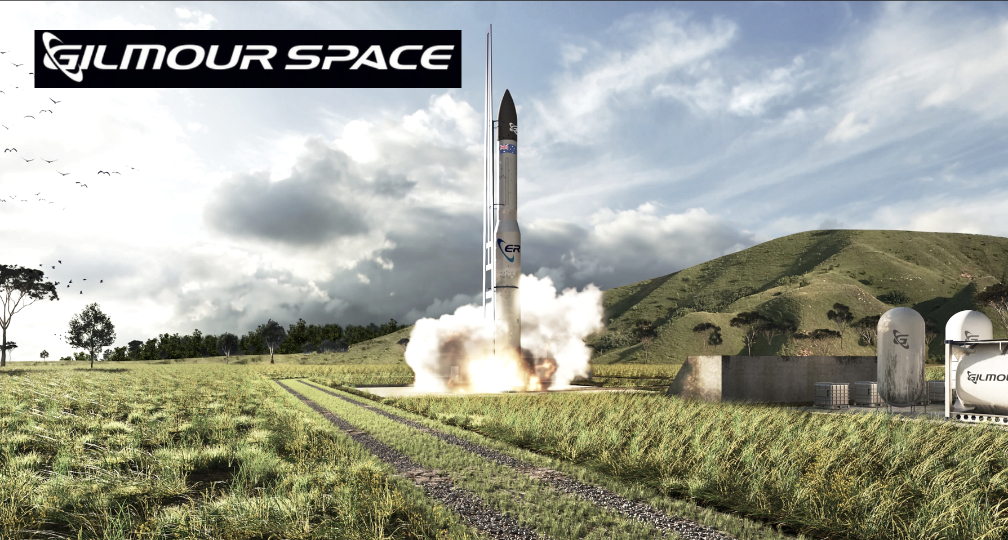
Australian rocket and satellite builder, Gilmour Space Technologies, is offering a new rideshare mission into LEO — this time, on one of the company’s G-class satellite buses (or G-Sat) scheduled to be launched in late 2024.

The G-Sat is a modular 100 kg. satellite bus or platform being developed by Gilmour Space in collaboration with Griffith University that can host multiple payloads, such as scientific instruments, thrusters, sensors, processors and other new space technologies.

Last month, Gilmour Space announced its first ‘Caravan’ to space, a dedicated rideshare mission on an Eris rocket that will launch from Australia in late 2024. “With this new mission, we can now say that we’ll have a ‘Kangaroo’ on board.”
“We’re calling this our Kangaroo-1 mission, and it will be capable of carrying 125U (or 125 units) of payload volume into a mid-inclination orbit. That is a lot of new space technologies that can be launched and tested in a single mission,” said Shaun Kenyon, Program Manager for Satellites at Gilmour Space — 125U is roughly equivalent to the size, weight and volume of a large microwave oven.
“Our Kangaroo-1 mission is aimed at customers with individual or specific payloads (say, an IoT receiver or hyperspectral camera) who want to ‘leap ahead’ in rapidly proving their tech without the risks and costs of a full satellite mission,” added Mr. Kenyon. “It will allow multiple organisations to gain flight experience, validate a business model, and develop their technology faster at a competitive price. Sharing a common G-Sat architecture also means that customers will be less restricted by a CubeSat volume (typically 1U to 12U), have access to more power, and that mission-level efforts and costs can be shared over many payloads.“”
